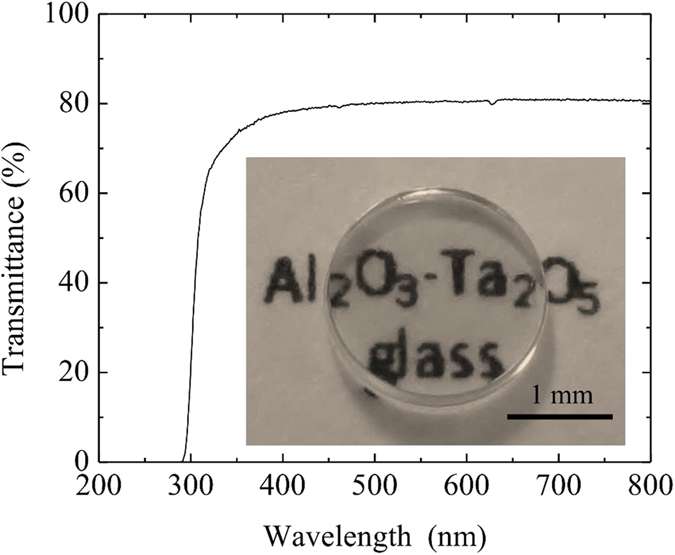November 4, 2015 report
New glass almost as tough as steel

(Phys.org)—A team of researchers with The University of Tokyo and Japan Synchrotron Radiation Research Institute has created a type of glass that is stronger than many metals. In their paper published in the journal Scientific Reports, the researchers describe how they overcame one of the major hurdles in creating glass imbued with extra amounts of an oxide of aluminum, by using what they call aerodynamic levitation.
Glass that does not break when dropped or when struck by another object would be useful in a wide variety of applications, from automobile windows, to skyscrapers to smartphones and tablets. For that reason, scientists have been searching for ways to make traditional glass stronger. One of those ways has been to add larger amounts of an oxide of aluminum to the mix, specifically, alumina, because it has one of the highest dissociation energies among oxides. Prior research has shown that glass made with such an addition would be much stronger than traditional glass. Researchers have been prevented from creating such a glass, however, because of a problem in the production process—when more alumina is added to the mix while the glass is being made, silicon dioxide crystals develop where the mix meets the surface that is holding it, making the end product worthless as a glass. In this new effort, the researchers found a way around this problem—by removing the container from the process.
The new process involves causing the mix to be held in the air while it is forming, by pushing it from below with oxygen gas and then using a laser as a spatula to mix the materials together. The end result is a glass with more alumina in it than any other produced to date—a glass that the team reports is transparent, colorless and extremely hard. Testing showed it to be stronger than most metals, and almost as strong as steel.
The only thing holding up the production of shatter-proof smartphone screens using the new glass is that the team still needs to find a way to convert their method to a mass production process—they appear confident that such a way will be found, as they promise to find a way shortly.
More information: Gustavo A. Rosales-Sosa et al. High Elastic Moduli of a 54Al2O3-46Ta2O5 Glass Fabricated via Containerless Processing, Scientific Reports (2015). DOI: 10.1038/srep15233
Abstract
Glasses with high elastic moduli have been in demand for many years because the thickness of such glasses can be reduced while maintaining its strength. Moreover, thinner and lighter glasses are desired for the fabrication of windows in buildings and cars, cover glasses for smart-phones and substrates in Thin-Film Transistor (TFT) displays. In this work, we report a 54Al2O3-46Ta2O5 glass fabricated by aerodynamic levitation which possesses one of the highest elastic moduli and hardness for oxide glasses also displaying excellent optical properties. The glass was colorless and transparent in the visible region, and its refractive index nd was as high as 1.94. The measured Young's modulus and Vickers hardness were 158.3 GPa and 9.1 GPa, respectively, which are comparable to the previously reported highest values for oxide glasses. Analysis made using 27Al Magic Angle Spinning Nuclear Magnetic Resonance (MAS NMR) spectroscopy revealed the presence of a significantly large fraction of high-coordinated Al in addition to four-coordinated Al in the glass. The high elastic modulus and hardness are attributed to both the large cationic field strength of Ta5+ ions and the large dissociation energies per unit volume of Al2O3 and Ta2O5.
Journal information: Scientific Reports
© 2015 Tech Xplore




















